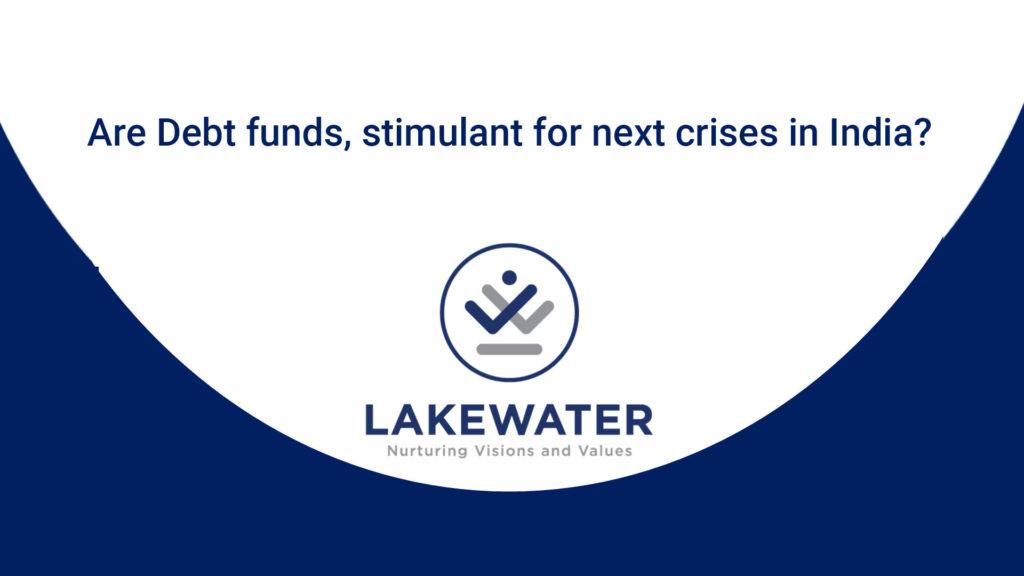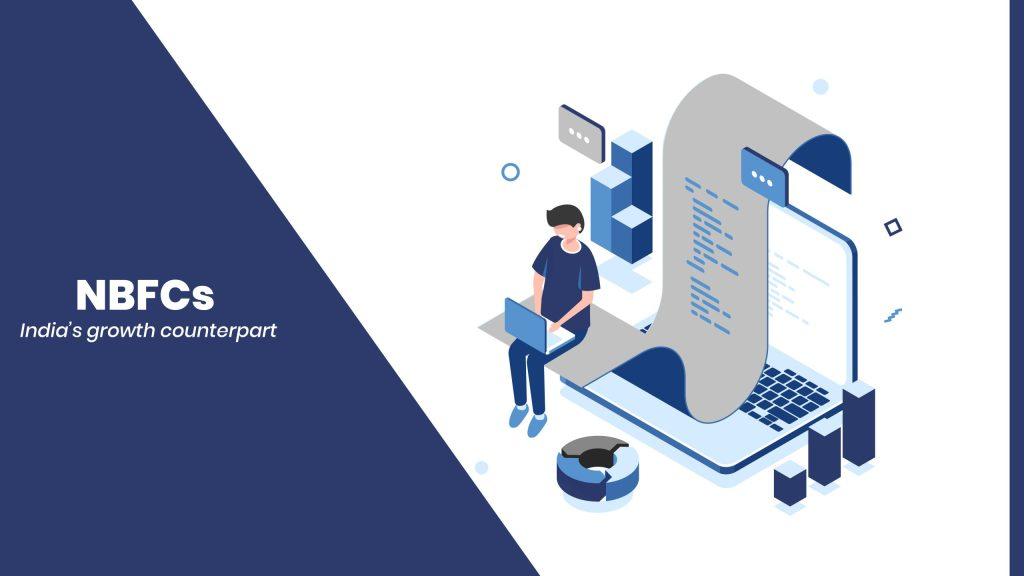Introduction
With the spread of COVID19, the economy is undergoing a crucial phase right now. The stock market is perpetually dropping over the period of 2 months and government is trying it’s best to maintain the momentum of the market. There wasn’t any news in the financial sector that created a shocking wave in this period, until Franklin Templeton made a blaring news. In this lockdown phase, Franklin Templeton, country’s 9th largest mutual fund house, voluntarily chose to lockdown six of its debt mutual fund schemes. Lakewater Advisors believes, corona wave was a mere catalyst and not the reason for Templeton’s meltdown. We have a wrong conception that debt funds offer steady returns, with tax benefitsand keeps the principal intact; which is now crystal clear with the failure of Templeton.
Underlying Risk in Debt Fund
Why did Templeton breakdown? Because its strategy was set up for same. They were running an open-ended debt schemes, provided more liquidity than the assets they invested in. This failure of debt fund is not an overnight story that some experts might focus on. Apart from fulfilling the obligation, this episode highlights India’s illiquid debt markets.
Let’s understand the roots of debt structure. The money collected from the investors can be invested in government securities and corporate debt. Since, the former carries zero credit risk, it provides low interest rate. If entire amount is invested in it, high chances are that they might not even beat fixed deposits’ return. This pushes them to invest in corporate bonds which aren’t risk-free. Since, there are no free lunches in debt market, they invest in high credit risk funds to give high returns.
In India, most of the debt-fund structures around liquidity and highlight it. However, they contradict, because their objective is to out beat their peers, which makes them invest in low grade and illiquid investments. Unlike USA, India claims junk bonds as high-yielding debts. We have seen events revolving around this in 2008, 2013 and yet again now. In spite of this the fundamental flaw stays incorrected and the prescription to disaster continues.
Everything seems good, till it doesn’t. Open ended MF can set off their outflows from their day to day inflows. The regulations also permit them to borrow 20% of their assets to fund their outflows. This further enhances their illiquidity. Prevailing structure itself is vulnerable which needs certain deep reforms and remove the conditional liquidity.
Zero Debt in Balance Sheet
In 2019, majority of the stocks that were virtually debt free saw a rise, to an extent of 122%. 54 out of 95 companies that are listed in BSE500 index and have ~zero debt-equity ratio delivered positive returns. Also, some of them rewarded their investors with 50% market return. Reliance Nippon Life Asset Management, Whirlpool of India, SBI Life Insurance are few to be named.
In the current environment, debt-free companies are safer investment option. Leverage helps the company to execute growth as they have the required capital. However, a single dip can bust the companies having high debt-equity ratio. Once the lockdown ceases, such companies will be in better position, as they shall be free from financial liabilities related to interest and inflation.
Most of the blue-chip companies are debt free or having low debt-equity ratio and thereby, depicting their strong financial positions.
RBI – The Saviour
In 2008, RBI pumped INR 20,000 Crore, followed by INR 25,000 in 2013. RBI, true to its statue, yet again stepped and infused INR 50,000 crore credit line for the mutual fund industry, twice the combined infusion made in 2008 and 2013. Even, global central banks are offering help to create liquidity.
This huge amount of credit line depicts the issues ongoing in the debt instruments of mutual fund industry.
Where to invest for Fixed Return
Debt Funds and Fixed Deposits are the two financial instruments available for risk-averse people. Debt Funds are showcased as superior as they are tax efficient and provide better returns. Is it so? Are they safe? After, II&FS default, the vulnerability of debt funds is exposed. So, if you seek guaranteed return on the principal, Debt Funds are strict NO. Interestingly, the difference between returns of debt fund and fixed deposits isn’t much (~1% to 2% , as shown in graph), but the risk is. So, why would Debt Fund be a choice for risk-averse -people. Fixed Deposits and Government Taxable Bonds are appropriate choices, as it carries minimum risk.
Credit Rating
Are credit ratings trustworthy? We have seen that credit rating agencies are highly criticized, especially in financial crises. Be it the Asian financial crises of 97-98 or 2008 recession, the agencies have given high ratings to the defaulters. In our home country, Fitch Ratings, ICRA, CARE and Brickwork have been called for forensic audit by Grant Thornton in 2018 in context to IL&FS debacle.
Credit downgrades take place, but it once in blue. In recent times, debt failures have been mounting and were off guarded by credit agencies. Be it IL&FS default, DHFL trouble or Franklin meltdown, none were caught by raters on time. And this is a worrisome factor. The IL&FS fiasco was a message that MFs should analyse companies and sectors more wisely than just relying on credit ratings. However, this reminder was dusted as it was assumed the market has stabilised. The focus was solely on interest rate risk and credit risk was ignored. It’s dangerous that the rating changes sour from triple A in overnight.
It’s irony that the credit rating agencies are paid by bond issuer. Along with this, the non-disclosure agreements restrict the agencies to disclose complete information, hence, acts as hindrance for transparency. Globally there are 3 rating companies, but in India there are 6, which makes the market competitive. High time, SEBI should wake up and smell the aroma of coffee, and align the regulations.
Conclusion
With over 138 Crore population, India is projected to be World’s most populous country by 2025. This expansion of population is coupled with intense stress on infrastructure. Hence, in an economy like ours, debt market plays a crucial role and there is dire need of a comprehensive and diversified one. It acts as an alternate source of funding for bank finance, strengthens financial markets and encourage savings.
But is Debt Market sound in India? Is the magnitude of safety, high? Lakewater has negative opinion. It may be premature, but the market isn’t comfortable. Over the years, India has tried to capitalize debt market and provided incentives to increase the participation but the same is sluggish.
References
https://www.bloombergquint.com/business/three-signs-of-stress-emerging-in-indias-debt-markets
https://www.capitalmind.in/2020/04/the-franklin-debacle-and-debt-funds/
https://www.cadtm.org/Corporate-debt-the-catalyst-for-the-next-crisis-in-India
https://www.indialegallive.com/special/credit-risk-contagion-hits-markets-98166




